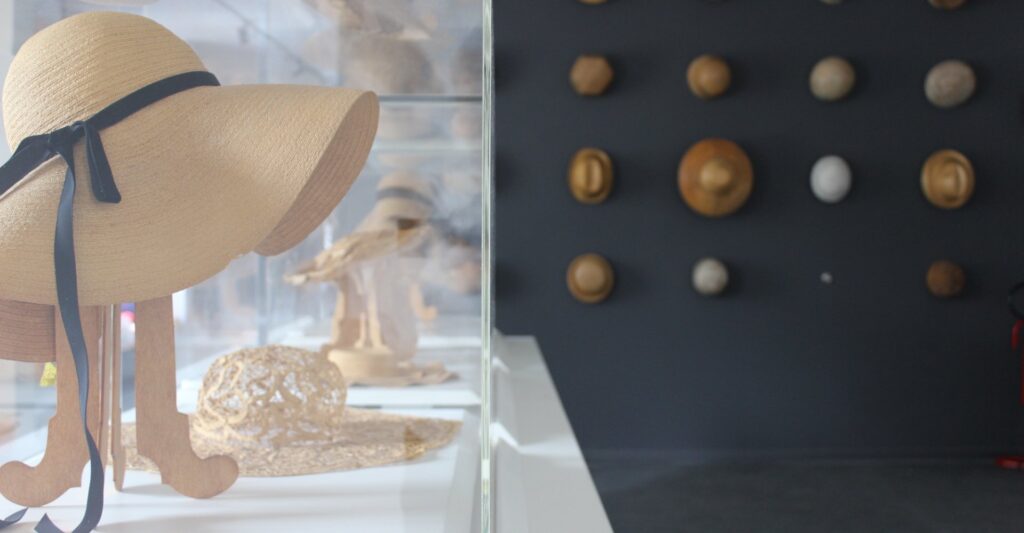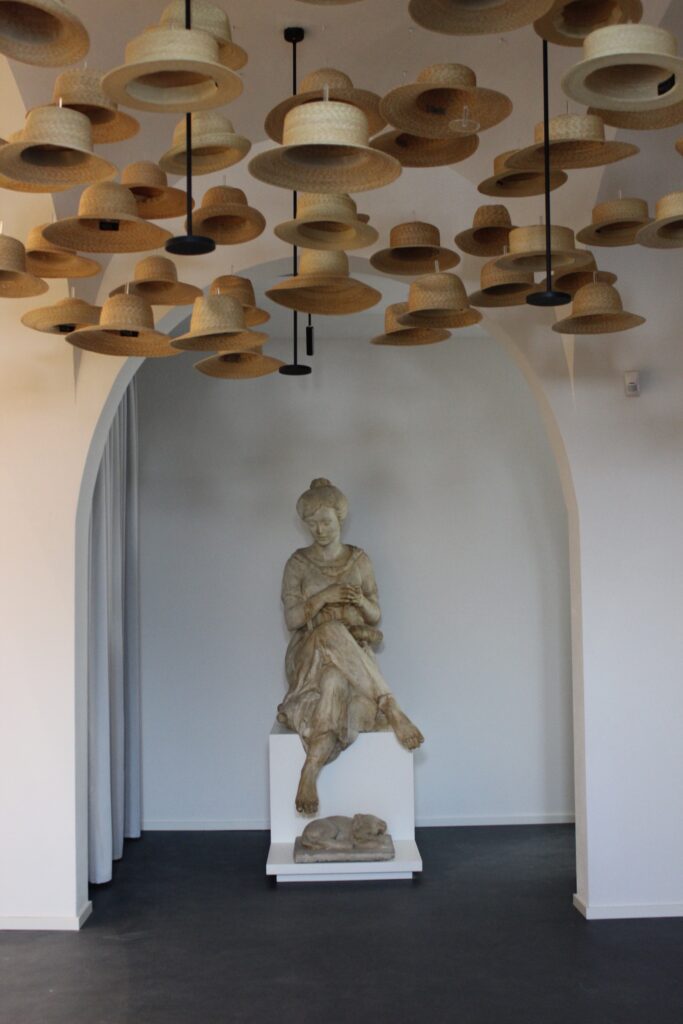
L’idea di allestire un museo dedicato alla paglia e all’intreccio – fino al secolo scorso la principale attività economica signese – è stata promossa da alcuni industriali e sostenuta dal Gruppo Archeologico Signese insieme al Comune di Signa, ed ha portato all’organizzazione di un museo diventato un punto di riferimento, prima regionale e nazionale, e quindi internazionale, su di un’arte antica quanto l’uomo e che, in particolare dalla metà del XVIII secolo fin quasi ai nostri giorni, ha avuto in Toscana, pur con alterne vicende, una straordinaria fortuna.
Si è trattato, quindi, di progettare il recupero di una memoria storica collettiva ed il museo è diventato un luogo eccellente per la raccolta, lo studio e la ricerca, la conservazione e l’esposizione di un patrimonio straordinario che rischiava di essere irrimediabilmente perduto perché ignorato o sottovalutato.
Dopo aver costituito un comitato scientifico si è cercato di individuare e raccogliere sul territorio la documentazione ed i reperti esistenti, ricercando materie prime, attrezzi, macchine e manufatti, documenti ed archivi di aziende, enti ed associazioni, campionari, materiale iconografico e quant’altro serbasse memoria della lavorazione della paglia e della sua commercializzazione, pervenendo all’allestimento di varie sale espositive che ripropongono, anche con intento didattico e pedagogico, il ciclo della lavorazione della paglia e il suo prodotto finale.
Segnaliamo un link alla Camera di Commercio di Firenze, la quale ha dedicato un’intera sezione alla lavorazione della paglia e al cappello di paglia di Signa, citandolo come esempio di eccellenza del Made in Italy: https://artsandculture.google.com/story/VQVhwDJ1ERsA8A?hl=it
CLICCA QUI PER INFORMAZIONI SU ORARI E COSTO DEI BIGLIETTI DI INGRESSO AL MUSEO
Domenico Sebastiano MICHELACCI Straw and Weaving Museum
The idea of setting up a museum dedicated to straw and weaving – the main economic activity in Signa until the last century – was promoted by some industrialists and supported by the Signese Archaeological Group together with the Municipality of Signa, and led to the organization of a museum that has become a point of reference, first regional and national, and then international, on an art as old as man and which, in particular from the mid-18th century until almost the present day, has had in Tuscany, despite alternating events, extraordinary luck. It was therefore a question of planning the recovery of a collective historical memory and the museum became an excellent place for the collection, study and research, conservation and exhibition of an extraordinary heritage which risked being irremediably lost because ignored or underestimated. After having set up a scientific committee, we attempted to identify and collect existing documentation and finds in the area, searching for raw materials, tools, machines and artefacts, documents and archives of companies, bodies and associations, samples, iconographic material and so on. preserved memory of the processing of straw and its marketing, resulting in the setting up of various exhibition rooms which re-propose, also with didactic and pedagogical intent, the cycle of straw processing and its final product. We would like to point out a link to the Chamber of Commerce of Florence, which has dedicated an entire section to the processing of straw and to the Signa straw hat, citing it as an example of Made in Italy excellence: https://artsandculture.google.com/ story/VQVhwDJ1ERsA8A?hl=it
CLICK HERE FOR INFORMATION ON TIMES AND COST OF ENTRY TICKETS TO THE MUSEUM






